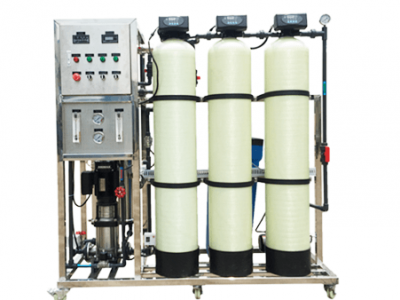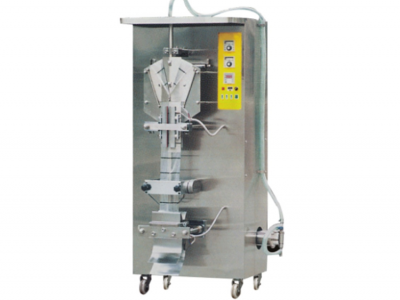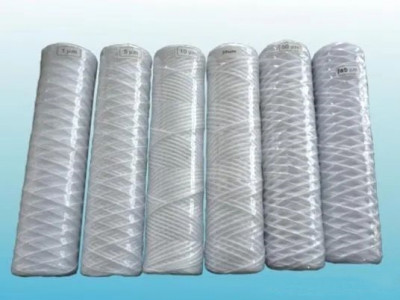Marine recirculating aquaculture systems (RAS) target high-quality, high-density, and high-value species such as groupers, shrimp, and abalone. By setting the system indoors, external factors like water pollution and weather changes can be managed more effectively. The goal is to achieve high density, high efficiency, low cost, low pollution, automation, and off-season production.
October 22, 2024
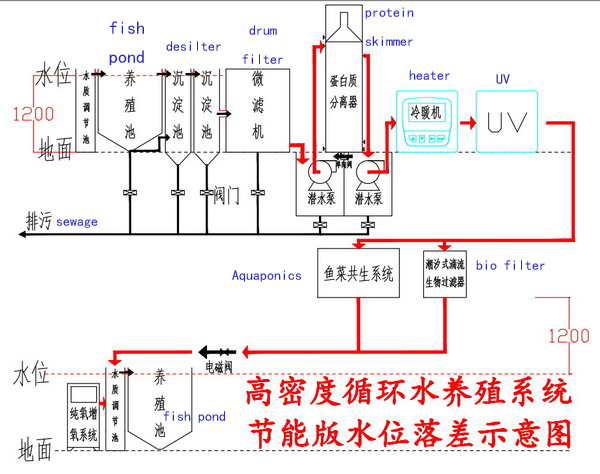
System Components
Mechanical Filtration System
This is a key part of the marine RAS, incorporating equipment like microfilters and protein skimmers. Microfilters remove large solid suspensions from the water, while protein skimmers effectively filter fine particles and significantly increase the dissolved oxygen levels in the water.
Biological Filtration System
The biological filtration system is the core component of the RAS. Because water exchange is minimal or even nonexistent, high stocking densities can lead to rapid increases in ammonia and nitrite levels. The biological filtration system uses filter media in biofilters to cultivate beneficial bacteria that decompose these toxic substances, ensuring a safe aquatic environment.
Relationship between Water Treatment Equipment and Substance
The main filtration equipment used in industrial aquaculture systems and their respective functions are outlined below:
| Equipment | Function |
| Microfilter | Removes solid suspensions |
| Protein Skimmer | Filters fine particles and oxygenates water |
| Biofilter | Cultivates beneficial bacteria to decompose ammonia and nitrites |
Detailed Introduction to Equipment
Microfilter
The microfilter is used for the first stage of filtration, aiming to remove large particles such as fish and shrimp feces from the water. These solid suspensions must be filtered out promptly to prevent bacteria from decomposing them into toxic substances such as ammonia and nitrites.
Protein Skimmer
The protein skimmer serves multiple functions: it not only filters out fine particles but also oxygenates the water via the numerous bubbles it produces. Thus, in the presence of a protein skimmer, additional aeration equipment may not be required.
Biofilter
The biofilter is equipped with filter media that hosts beneficial bacteria used to decompose toxic substances like ammonia and nitrites, ensuring a safe and stable environment for aquaculture.

Other Critical Systems
Temperature Control System
The temperature control system is a vital part of the RAS and usually employs heat pumps or chillers. In northern regions, automated boilers may also be used. When selecting temperature control equipment, the insulation conditions of the breeding structure and fish ponds should be considered. The system works by gradually adjusting the water temperature through multiple cycles, rather than achieving the target temperature in one go.
Disinfection System
To prevent viruses and bacterial threats, the disinfection system is indispensable. Typically, ozone is used in conjunction with the protein skimmer, effectively transforming the skimmer into an ozone mixing tower. However, long-term ozone use can negatively affect the biofilter. Therefore, for long-term recirculating water systems, ultraviolet (UV) sterilisers are recommended for water disinfection.
Salinity and pH Control
Salinity Control
Maintaining appropriate salinity levels is crucial for marine organisms, especially crustaceans like shrimp and crabs that require high mineral content for molting. Therefore, balancing various ions in the water is a critical management task.
pH Control
The pH of the water is vital for the health of aquatic organisms and is influenced by several factors, including dissolved oxygen, algal composition, and temperature. Maintaining a dynamic pH balance is essential for promoting stable growth conditions. Balancing these parameters ensures the core functionalities of the marine RAS.
System Design Considerations
During the design phase, factors such as site-specific conditions, stocking densities, and other relevant parameters should be comprehensively evaluated. The aim is to maximize energy efficiency and environmental sustainability while delivering high production efficiency. A well-designed RAS can significantly enhance output, reduce operational costs, and minimize environmental impact.
Practical Application Case
In a marine industrial aquaculture facility focusing on grouper farming, the installation of microfilters, protein skimmers, and biofilters was complemented with temperature control systems and UV sterilization to ensure stable water quality and temperature. Within a year, the survival rate and growth rate of the groupers significantly improved, achieving the objectives of high-density and high-value farming while effectively managing costs.
Marine recirculating aquaculture systems (RAS) achieve precise environmental control through the effective use of mechanical and biological filtration, as well as temperature and disinfection systems. This not only enhances product quality and yield but also reduces pollution and increases economic efficiency. With ongoing technological advancements, marine RAS will play an increasingly important role in the aquaculture industry.
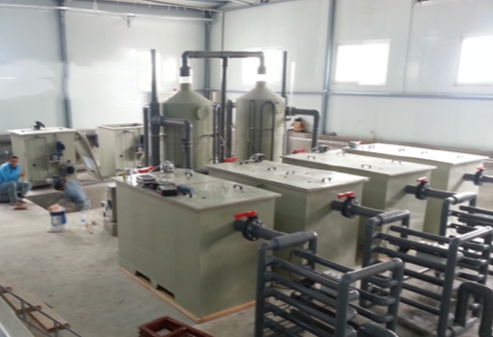
How Do You Select the Right 500LPH RO System?
October 14, 2025
buy right 500LPH RO System, please read this one first
Detailed Operating Instructions for Automatic Dosing Systems
December 26, 2024
